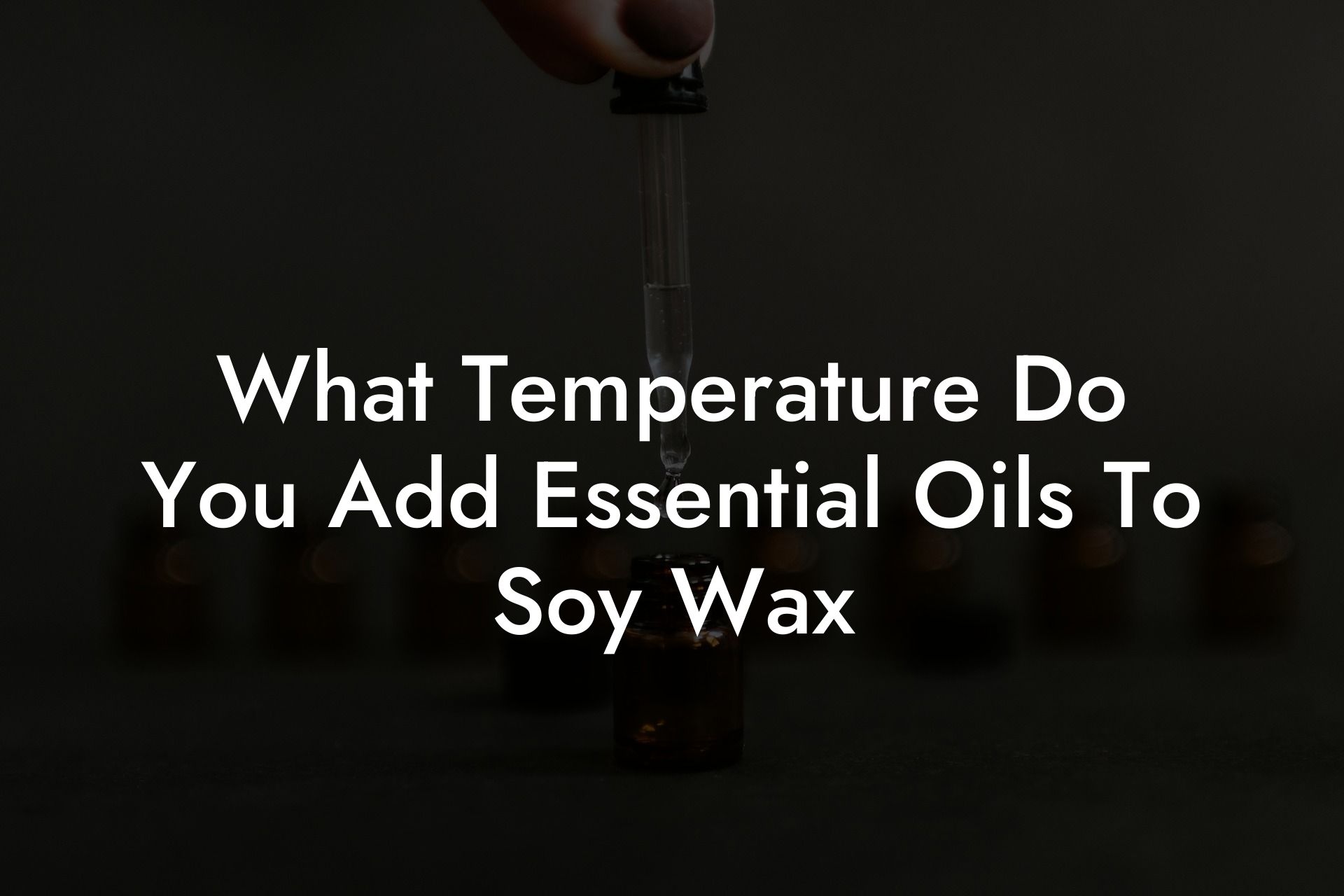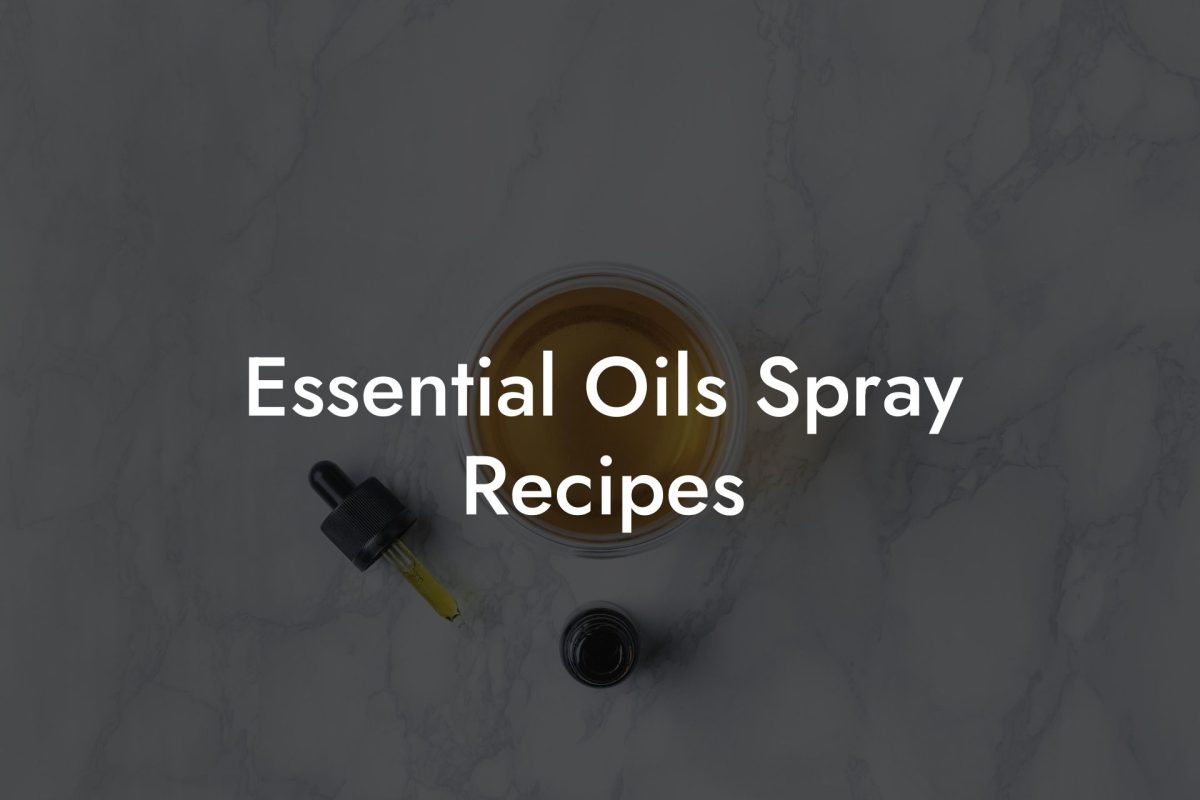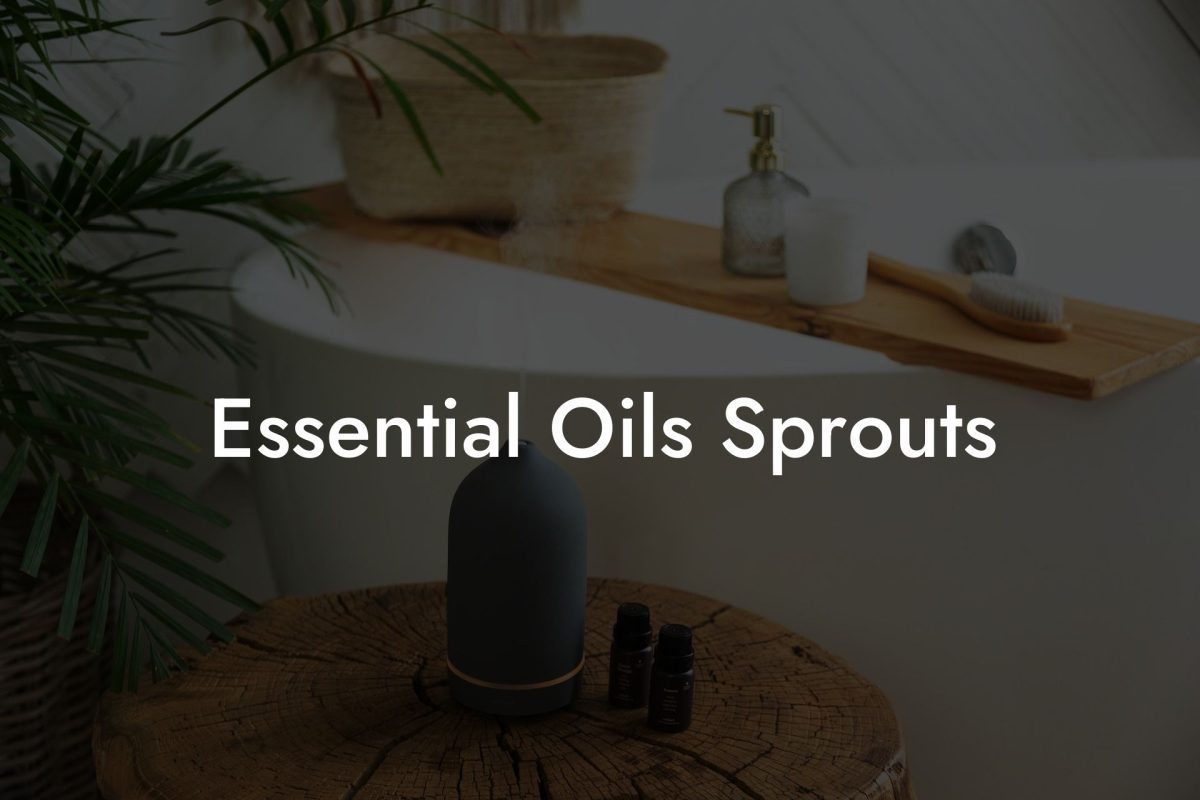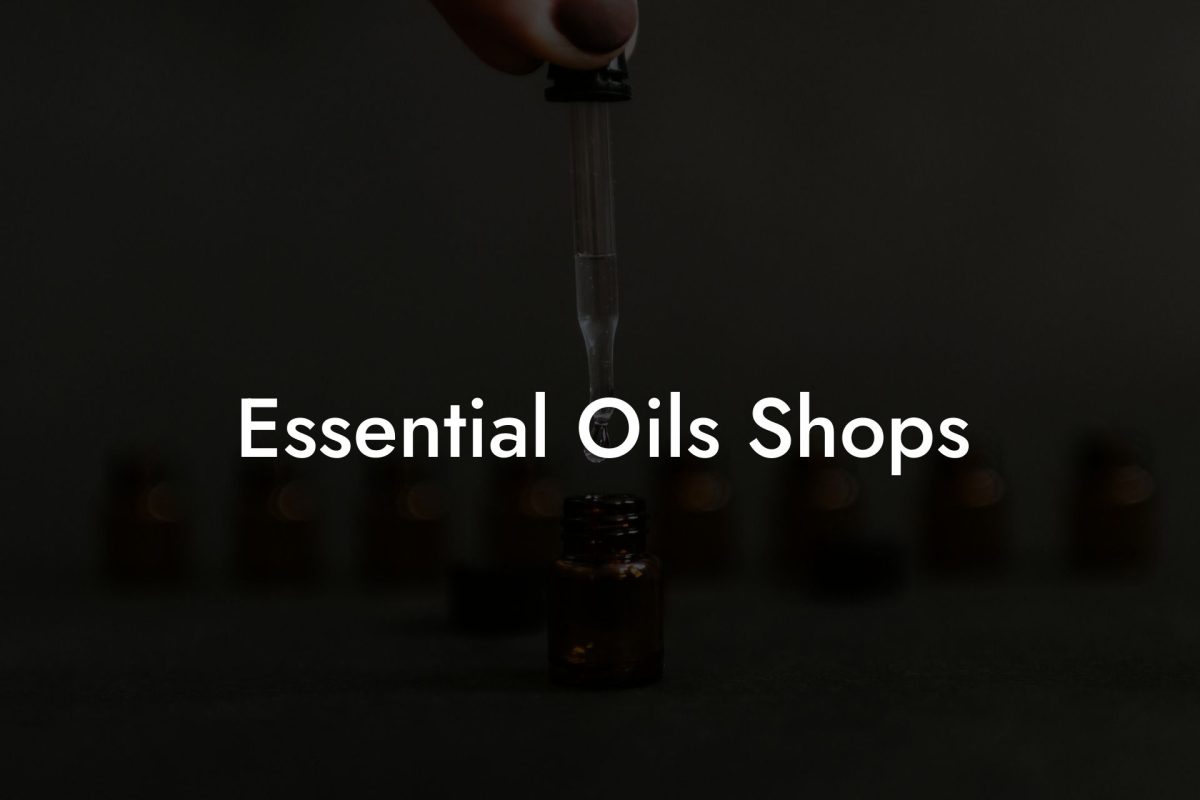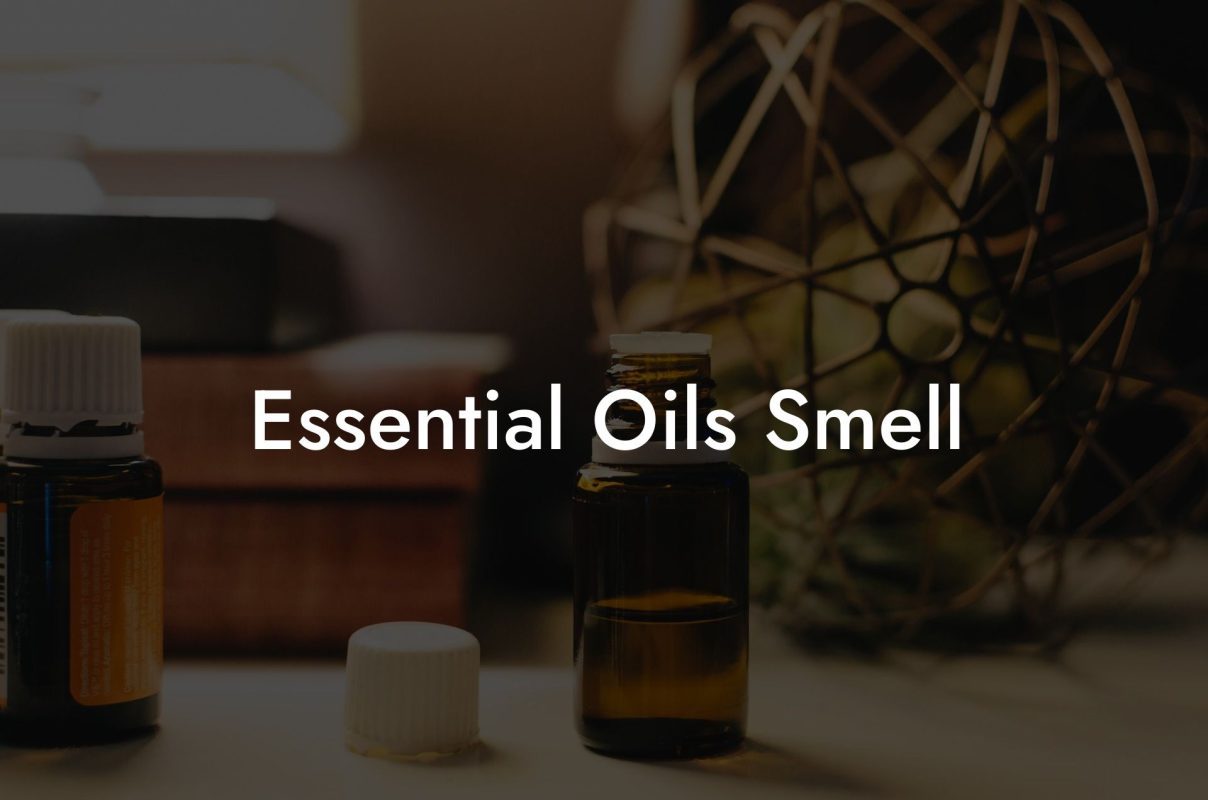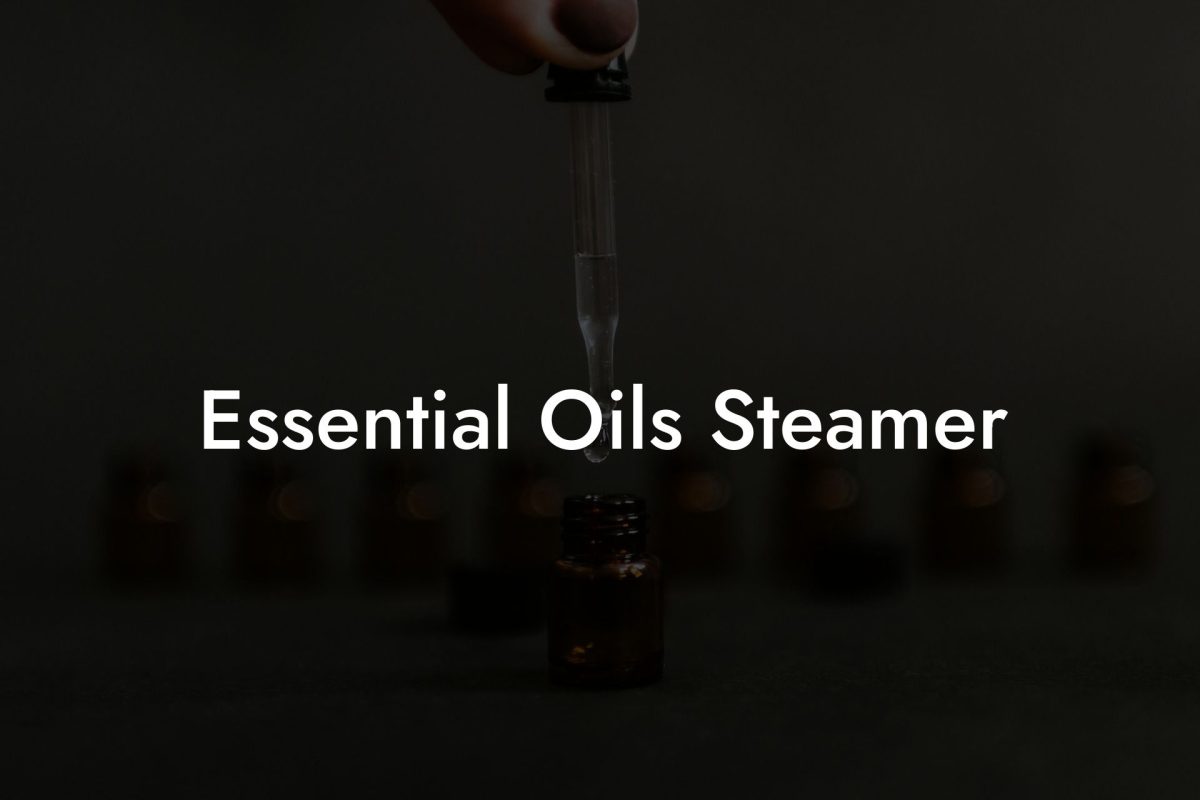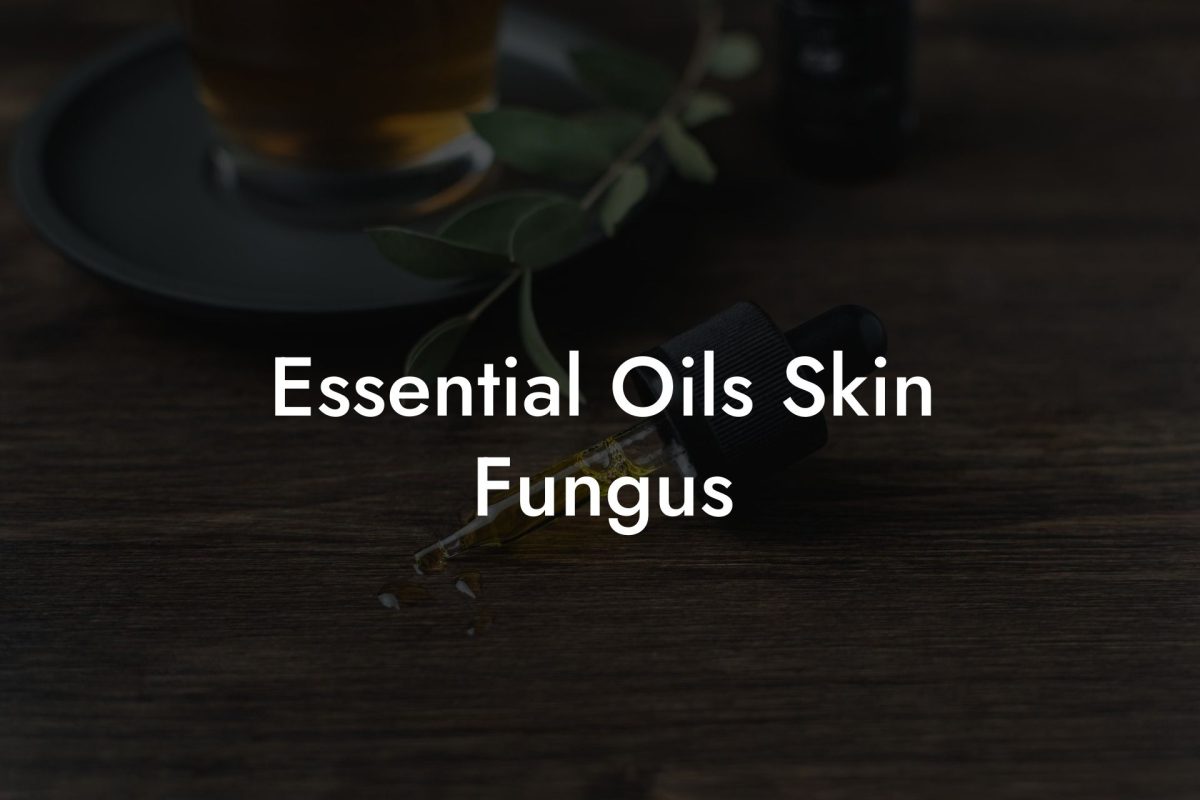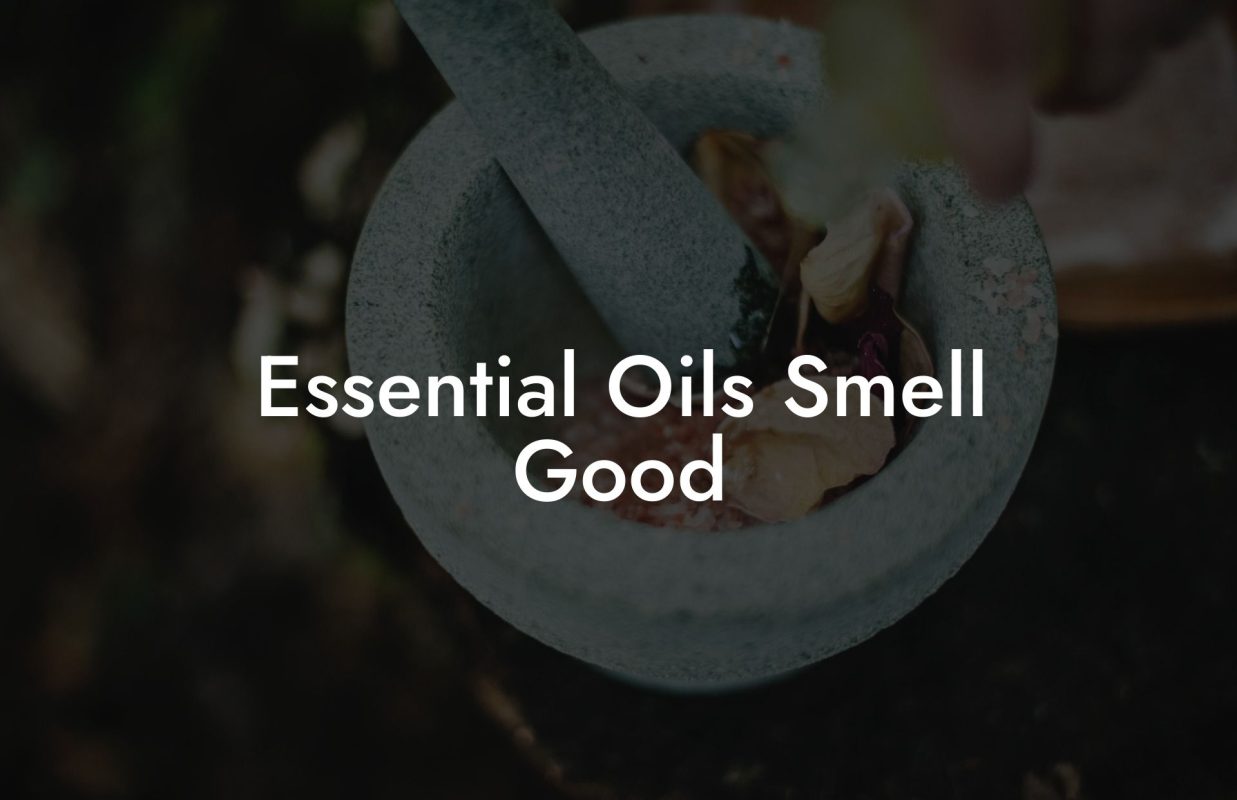Are you a candle-making enthusiast or a craftsperson creating exquisite soy wax candles infused with essential oils? To maximize the scent throw of your candles, it is critical to understand when and at what temperature to add those precious essential oils. Join us as we take a deep dive into the world of soy wax and essential oil candle-making, unraveling the secrets to achieving the most beautifully fragrant candles.
Table of Contents
Understanding Soy Wax and Essential Oils
Soy wax is a popular choice amongst candle makers due to its natural, eco-friendly properties, and its ability to hold and release essential oil scents. Essential oils, on the other hand, are highly concentrated plant-extracted compounds with potent and therapeutic aromas.
Why Add Essential Oils to Soy Wax?
Essential oils bring more than just captivating scents to your candles – they also offer a wide range of holistic benefits. By selecting specific oils, you can create candles that promote relaxation, increase focus, or balance energy.
Importance of Temperature in Candle-Making
Temperature plays a vital role in the overall quality and performance of your candles. Consistently monitoring and maintaining the right temperature at various stages of the candle-making process can ensure optimal scent throw, even burn, and a visually appealing final product.
Melt Temperature Matters
Melting soy wax at the correct temperature ensures an even and smooth texture, minimizing the risk of imperfections. Soy wax should typically be melted between 160 – 180°F (71 – 82°C).
Cooling Temperature: The Perfect Time to Add Essential Oils
Once the wax has melted, it needs to be cooled to a specific temperature before adding essential oils. The recommended temperature range for adding essential oils to soy wax is 120 – 140°F (49 – 60°C). At this point, the wax has sufficiently cooled, allowing the oils to blend in well without causing the volatile compounds to evaporate.
Tips for Adding Essential Oils to Soy Wax
Here are some valuable pointers to ensure your soy wax and essential oils merge impeccably:
- Use a high-quality thermometer to accurately track the temperature.
- Stir the essential oils gently into the wax to ensure even distribution. Over-stirring can cause air bubbles, while under-stirring may result in uneven fragrance distribution.
- The ideal amount of essential oils to use is 6 – 10% of the total wax weight. This ratio can be adjusted based on personal preference and fragrance potency.
- Not all essential oils have the same scent throw. Testing different oils and wax combinations can help you achieve the perfect balance and performance.
What Temperature Do You Add Essential Oils To Soy Wax Example:
Say you’ve decided to make a batch of relaxation candles using lavender essential oil. Here are the steps to follow:
1. Weigh and measure soy wax flakes into a double boiler, ensuring to not exceed 180°F (82°C) while melting.
2. Once the wax has fully melted, begin monitoring the temperature with a thermometer until it cools to 130°F (54°C).
3. Carefully measure the desired amount of lavender essential oil – for example, 1oz of oil for 1lb of wax (a 6% ratio).
4. Gently stir the essential oil into the soy wax to ensure even distribution.
5. Immediately pour the wax into candle containers, and let the candles fully solidify.
6. After the candles have completely cooled, trim the wicks, and enjoy your beautifully scented, homemade relaxation candles.
In conclusion, the art of creating soy wax candles infused with essential oils is a delicate balance requiring attention to detail, particularly in temperature management. By following the tips and guidelines we’ve outlined, you can create long-lasting and fragrant candles that not only light up your home but also promote wellbeing. We hope you enjoyed this insightful guide – feel free to share it with your fellow candle-making enthusiasts, explore other educational guides on Oshu Oils, or try our exquisite range of essential oils to elevate your candle creations.

